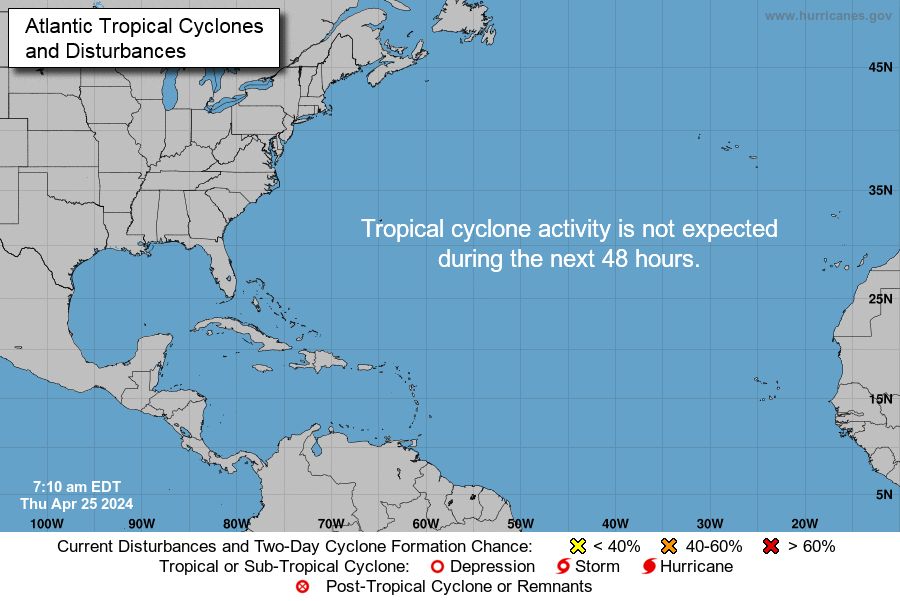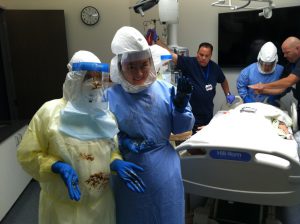Archive for November, 2019
Thelaziasis image gallery
Tuesday, November 12th, 2019Thelazia spp. adults.Adults of Thelazia spp. reside in the conjunctival sac of their definitive hosts, which are usually dogs or other canids, cattle, and horses; humans are usually only incidental hosts. Adults measure up to 2.1 cm in length. Thelazia species may be differentiated by the appearance of the cuticular striations, the depth and width of the buccal cavity, the placement of the vulval opening relative to the esophago-intestinal junction and the morphology of the tail and anal opening.
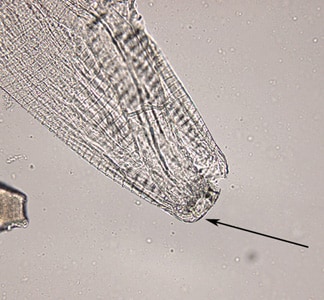
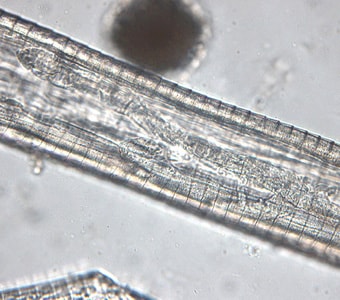
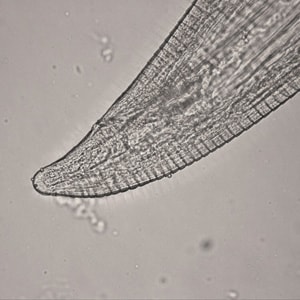
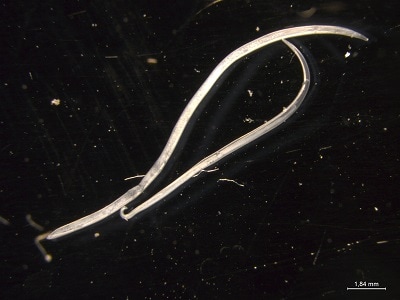
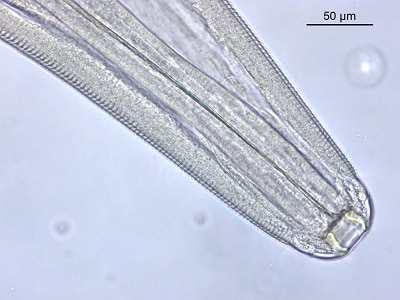
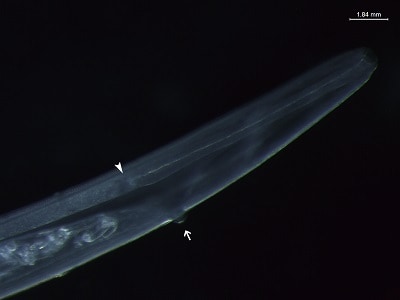
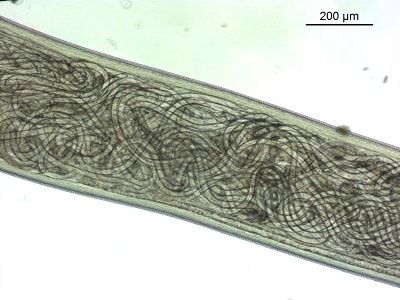
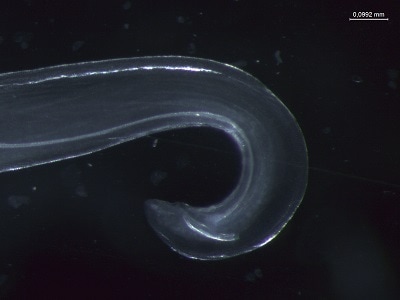
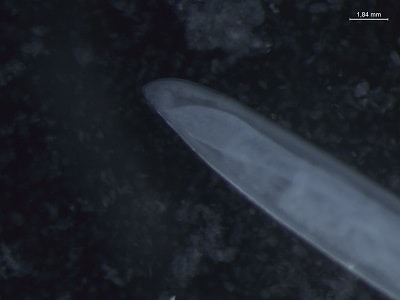









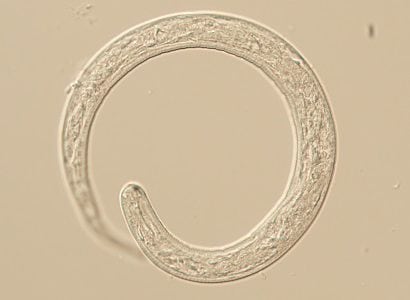
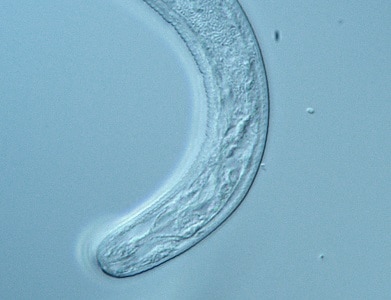
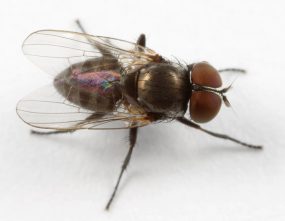
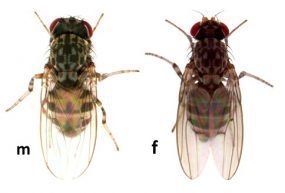
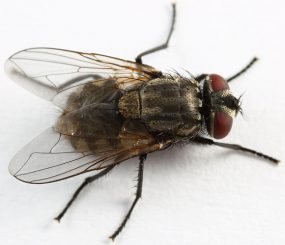
Human H9N2 infections have been reported only in Hong Kong, China, Bangladesh, and Pakistan. Now it’s in India!
Tuesday, November 12th, 2019Potdar V, Hinge D, Satav A, Simões EF, Yadav PD, Chadha MS. Laboratory-confirmed avian influenza A(H9N2) virus infection, India, 2019. Emerg Infect Dis. 2019 Dec [date cited]. https://doi.org/10.3201/eid2512.190636
Abstract
“A 17-month-old boy in India with severe acute respiratory infection was laboratory confirmed to have avian influenza A(H9N2) virus infection. Complete genome analysis of the strain indicated a mixed lineage of G1 and H732. The strain also was found to be susceptible to adamantanes and neuraminidase inhibitors.”
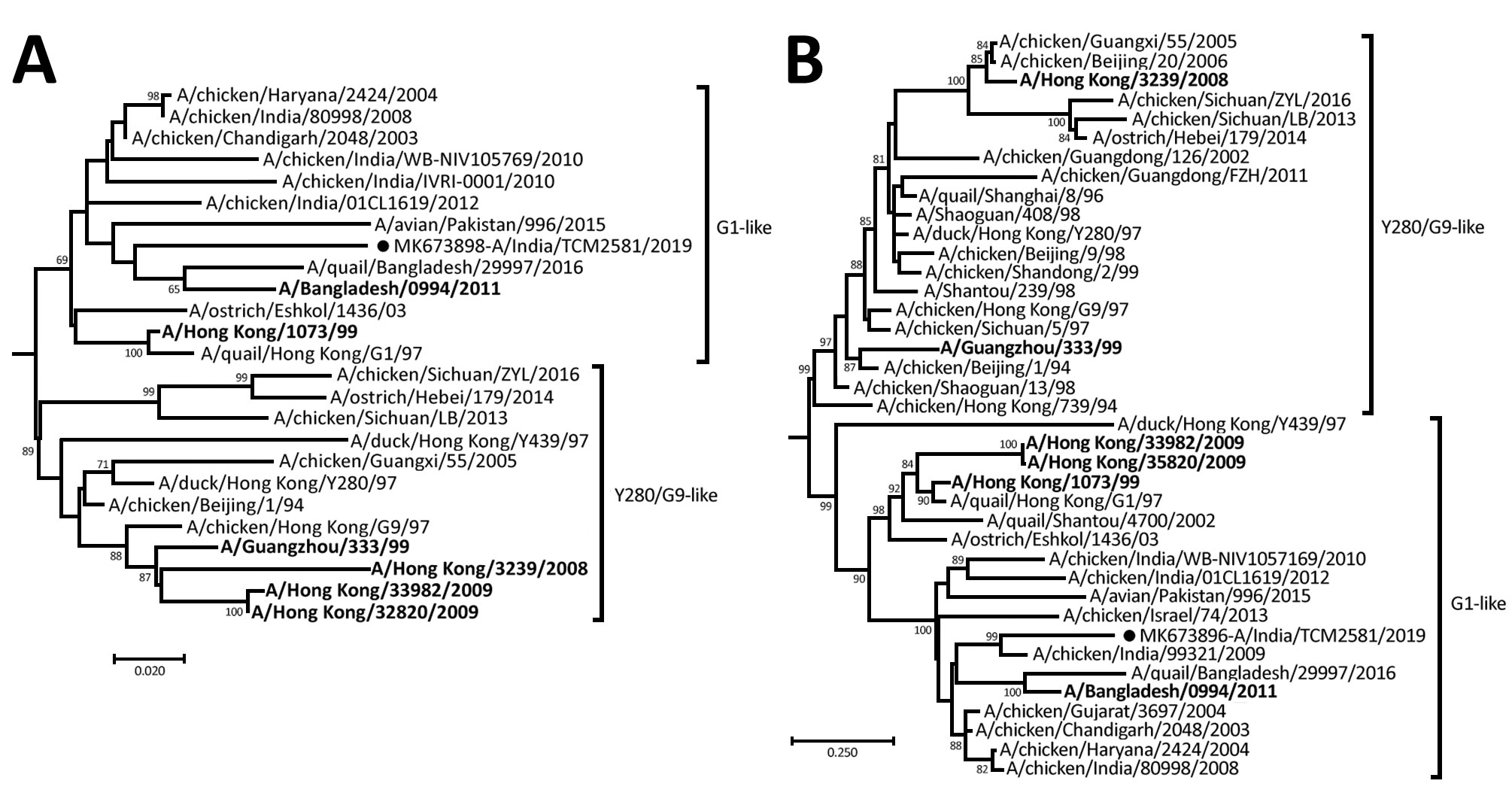
The case: “……The child, a resident of Melghat, had fever, cough, breathlessness, and difficulty feeding for 2 days since illness onset on January 31, 2019. His high intermittent grade fever had no diurnal variation and no association with rash or mucocutaneous lesions. Examination revealed a conscious, restless child with a respiratory rate of 48 breaths/min and lower chest wall in-drawing with intermittent absence of breathing for >20 seconds. He was fully immunized for his age, with bacillus Calmette–Guérin, diphtheria, hepatitis B, poliovirus, and measles vaccines. Both length and weight for age were less than −3 SD. History of travel with his parents to a local religious gathering 1 week before symptom onset was elicited. The father had similar symptoms on return from the gathering but could not undergo serologic testing because of his migrant work. No history of poultry exposure was elicited. The child received an antibacterial drug and antipyretics and recovered uneventfully.….”
The Philippine Department of Health (DOH) has confirmed a fourth polio case in the country
Tuesday, November 12th, 2019“……Until Sep 19, the Philippines had been polio-free for 19 years. The previous cases have been in children under the age of 5 and classified as poliovirus type 2.
Following the first case detection, the government launched a nationwide polio vaccine campaign, and health officials said that, as of Oct 31 more than 95% of children 0 to 59 months old have been vaccinated against the virus…….”
NASA: Tropical Cyclone Maha
Tuesday, November 12th, 2019Tropical Cyclone Maha has taken a sharp turn over the Arabian Sea and is now poised to brush India’s west coast on November 7, 2019. By landfall, forecasters expect the storm to have weakened from its extremely severe peak on November 4, which was when the Moderate Resolution Imaging Spectroradiometer (MODIS) on NASA’s Terra satellite acquired this natural-color image. At the time, sustained winds measured 185 kilometers (115 miles) per hour—the equivalent of a category 3 storm on the Saffir-Simpson wind scale.
Considered in isolation, there’s nothing particularly unusual about Maha. However, in the context of the season and the basin, it is the latest in a series of strong tropical cyclones in an area that typically doesn’t see many. In fact, the North Indian basin is usually the least active in the Northern Hemisphere.
TAK-003: A new vaccine to prevent dengue may be on the horizon.
Friday, November 8th, 2019
“….The World Health Organization this year listed dengue as one of the top 10 threats to global health.
The mosquito-borne disease is a growing threat for several reasons. First, the sheer number of dengue cases has been increasing dramatically in recent years. The WHO says there’s been a 30-fold increase in infections since 1970. Last year nearly 100 million people came down with the disease, also known as breakbone fever.
Second, there’s no specific treatment for the viral disease. When outbreaks occur, local clinics can get overwhelmed with patients experiencing severe flu-like symptoms. Third, the disease is moving in to new areas as the mosquitoes that carry the dengue virus expand their range……results just published in the New England Journal of Medicine……. found TAK-003 to be 80% effective in preventing participants from getting dengue and 95% effective in preventing cases of severe dengue………The Takeda dengue vaccine still needs to win regulatory approval before it’s made available to the public. Company officials, however, are confident they’ll get it. This week Takeda opened a 100 million-euro factory in Germany exclusively to manufacture TAK-003……..”

States and territories† reporting dengue cases – United States, 2019 (as of October 2, 2019)
All about chars…..
Friday, November 8th, 2019“……Chars are low-lying, temporary sand islands that are continuously formed and destroyed through silt deposition and erosion. They’re home to over six million people, who face repeated displacement from flooding and erosion — which may be getting worse because of climate change — and a range of health risks, including malnutrition, malaria, chronic diarrhea and other water-borne diseases.…..”
MERS-CoV in Pakistan
Thursday, November 7th, 2019ABSTRACT: ” A high percentage of camel handlers in Saudi Arabia are seropositive for Middle East respiratory syndrome coronavirus. We found that 12/100 camel handlers and their family members in Pakistan, a country with extensive camel MERS-CoV infection, were seropositive, indicating that MERS-CoV infection of these populations extends beyond the Arabian Peninsula.
Zheng J, Hassan S, Alagaili AN, Alshukairi AN, Amor NMS, Mukhtar N, et al. Middle East respiratory syndrome coronavirus seropositivity in camel handlers and their families, Pakistan. Emerg Infect Dis. 2019 Dec [date cited]. https://doi.org/10.3201/eid2512.191169
WHO: In the past week, from 28 October to 3 November 2019, 10 new confirmed Ebola virus disease (EVD) cases were reported from five health zones in two affected provinces in the Democratic Republic of the Congo.
Thursday, November 7th, 2019“…….As of 3 November 2019, a total of 3274 EVD cases were reported, including 3157 confirmed and 117 probable cases, of which 2185 cases died (overall case fatality ratio 67%). Of the total confirmed and probable cases, 56% (1843) were female, 28% (927) were children aged less than 18 years, and 5% (163) were healthcare workers. ……..”






